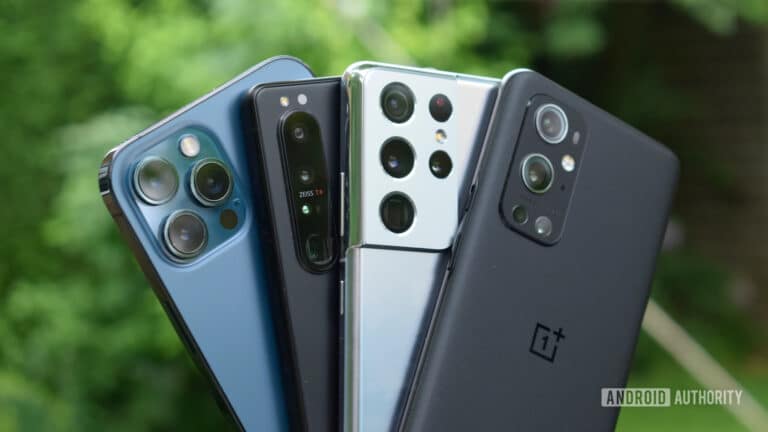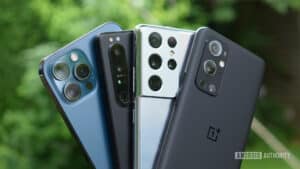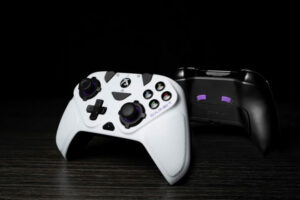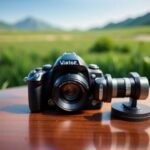It’s an Apple vs. Google battle in the competition for the best camera phone. Not only is the hardware on the best camera phones getting better, but Apple also increased the sensors on the iPhone 13, and the Pixel 6 Pro features a long-awaited telephoto lens. But the software is getting better as well. Apple and Google both depend significantly on computational photography to improve the photos produced by their camera phones.
Of course, you have options beyond those two phone manufacturers when looking for the best camera phone. Especially now that Samsung has improved the camera on its Galaxy S22 series.
The iPhone 13 Pro Max is now the king of camera phones, closely followed by the smaller iPhone 13 Pro. The new Pro models live up to their titles with stunning photos and videos, owing to a triple 12MP setup with larger sensors on the wide and ultrawide cameras, as well as 3x optical zoom on the telephoto lens.
If you want to go beyond Apple’s phones, you’ll find that many of the top Android phones have excellent cameras as well. The Google Pixel 6 Pro and its predecessor, the Pixel 6, are the best and the brightest. Samsung’s latest phones, like the Galaxy S22 Ultra, come close, especially in low-light photography and zooming in on items, but Google’s phones remain the best.
The Pixel 5a is one of the best camera phones you can purchase on a budget. It is one of Google’s fantastic camera phones. The lack of a night mode on the iPhone SE, despite a new CPU with a higher power, is a source of concern.
To discover more about what’s coming in the remainder of the year, check out our guide to how camera phones will evolve.
What we will see here?
iPhone 13 Pro/iPhone 13 Pro Max:
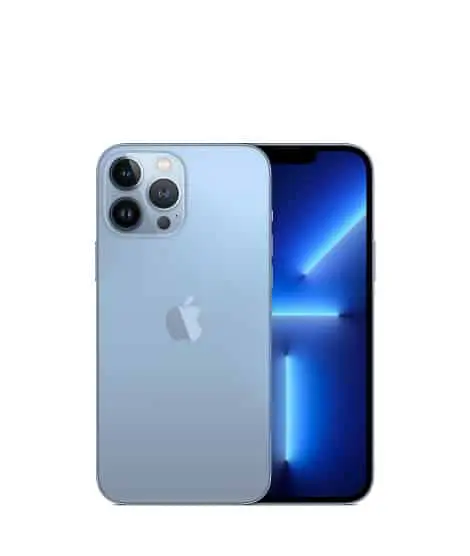
The iPhone 13 Pro and iPhone 13 Pro Max include a 12MP f/1.5 primary sensor with large 1.9m pixels, a 12MP f/1.8 ultra-wide sensor, and a 12MP f/2.8 telephoto sensor with 3x optical zoom in each. They both feature the same cameras, and the only difference between them is the size of the phone screen. This is why we’ve combined them into one.
While they lack the lens numbers and optical zoom length of some of the phones on our list, their performance is excellent, and despite the lack of a dedicated macro lens, they are capable of shooting close-up photographs.
As we know, the iPhone 13 Pro or Pro Max impressed us with its low-light performance. This is something that iPhones are known for, but whatever type of shot you’re aiming for, the iPhone 13 Pro or Pro Max should be able to deliver.
Apple’s smart AI optimization is in full effect here, with Deep Fusion being utilized to modify your photos to make them as beautiful as possible.
The new Photographic Styles tool and Cinematic mode are both impressive, but we doubt most purchasers will use them much. The iPhone 13 Pro and iPhone 13 Pro Max are photographic beasts, with better portrait mode, the return of ProRAW, and a terrific point-and-shoot experience.
Google Pixel 6
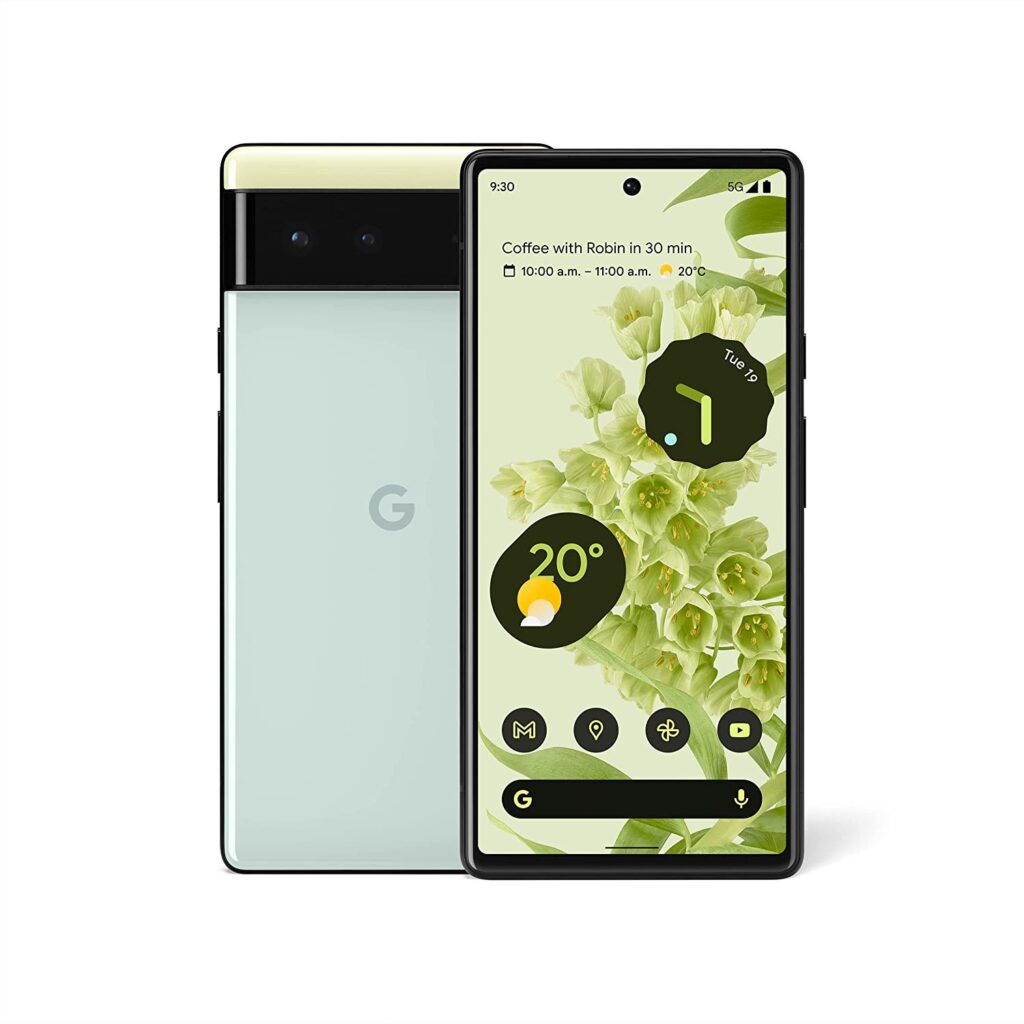
While the Google Pixel 6 lacks a telephoto lens, it is still a capable photography phone. In a little smaller body, you get the same 50MP primary and 12MP ultra-wide sensors. Even though it has minor color irregularities in several images, they came out clear and sharp.
For most Android users, the Pixel 6 is still the best camera phone. The landscapes, portraits, and selfies will be spectacular. You have a lot of options with all of the new AI-based photographic capabilities like Magic Eraser.
Google Pixel 6 Pro
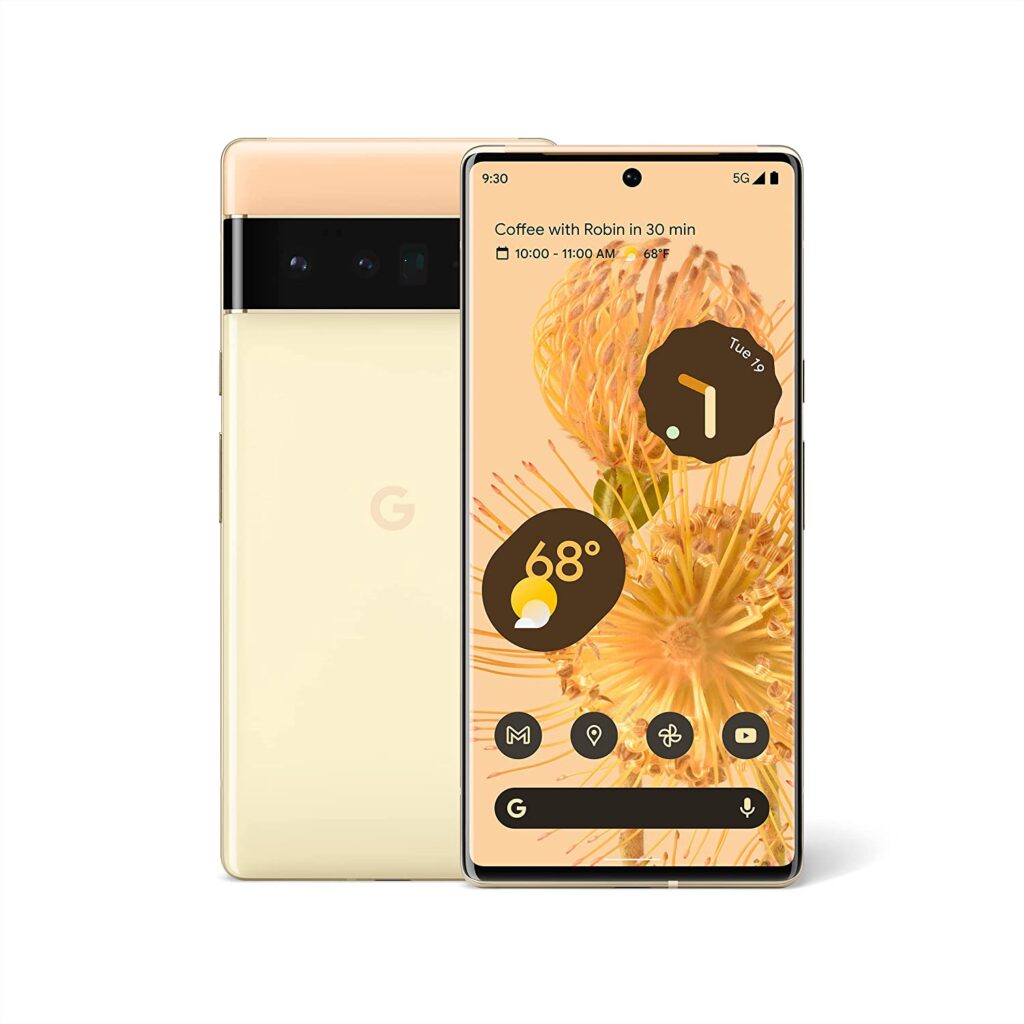
Google has proclaimed its photographic throne on Android. Thanks to updated hardware and advanced software skills, the Pixel 6 Pro features outstanding cameras. The ultimate result is something that can stand up to Apple and even trade punches on an equal footing (especially with the night mode, Night Sight).
The 50-megapixel primary camera sensor allows in 150 percent more light, while the 48-megapixel telephoto lens offers 4x optical zoom and 20x digital zoom. For ultrawide selfies, the front-facing 11MP camera provides a 94-degree field of vision.
Samsung Galaxy S22 Ultra

The camera system on the Galaxy S22 Ultra hasn’t changed significantly, but the improvements over the S21 Ultra are appreciated. To begin with, the 108MP primary camera features a bigger sensor that allows more light in. When photographing at night or in the dusk, a Super Clear Glass over that lens prevents flare. When utilizing the Galaxy S22 Ultra’s Night mode, the final effect is improved low-light shots and some crisp images.
The software upgrades to the Galaxy S22 Ultra’s camera are the most significant. Adaptive pixel technology (another low-light photo upgrade), better AI high-res processing, and 4x quicker multi-frame processing are now available. AI Stereo Depth Maps are used in Portrait mode to help differentiate your subject from the backdrop of the photo. Also included is a video auto framing function that detects up to ten persons and keeps them in focus while recording.
In the end, Apple’s and Google’s top camera phones are only ahead of Samsung’s greatest attempts, but only barely. This is the camera phone for Samsung followers.
Google Pixel 5a

As our Google Pixel 5a v / s iPhone SE comparison shows, the Pixel 5a is by far the best camera experience under $500. This year, a 16MP ultrawide camera has been added to Google’s phone. Last year’s Pixel 4a sported a 12.2MP camera, which was excellent in its own right.
The Pixel 5a, on the other hand, has a significant hardware upgrade that will help it process photos more quickly and effectively. The Snapdragon 765G CPU in the 5a is the same as in the Pixel 5 and Pixel 4a 5G. While it isn’t the best or newest Snapdragon (the A13 Bionic in the iPhone SE definitely outperforms it). It is still capable of performing some real camera magic.
Although the $100 price increase over the Pixel 4a is noticeable, the hardware upgrade, larger battery, and larger screen more than compensate. This is the affordable camera phone to acquire now that Google has discontinued the Pixel 4a.
iPhone 13

The iPhone 13 is the greatest iPhone for the ordinary individual, with significant advancements over its predecessor. Not only has the battery life improved, but the cameras have also been upgraded. First and most importantly, the sensors have been increased in size, allowing more light to enter the camera for better indoor and night photography.
You receive the photographic styles and cinematic modes that the pro models have, in addition to the great cameras. Despite the lack of a telephoto lens and wider apertures, you still get a superb shooting experience for a very low cost. Apple even increased the basic capacity to 128GB while maintaining the same rate for you.
OnePlus 10 Pro

Since the days of its afterthought cameras, the OnePlus has gone a long way. With the second generation Hasselblad mobile photography technology, the Chinese phone maker is entering a new era. The OnePlus 10 Pro is the best camera phone the company has ever released.
It’s not quite as good as the iPhone 13 Pro Max or the Pixel 6 Pro, but it’s still pretty good. In the majority of the photographs, the OnePlus still has a yellow tint problem, which is especially evident outside. Inside, though, it has a warm, inviting atmosphere. The 48MP primary camera handles all of the hard liftings, but the 50MP ultrawide sensor isn’t to be overlooked. It can photograph with little edge distortion in a 100-degree field of vision or zoom out to 150 degrees.
Samsung Galaxy S22 Plus
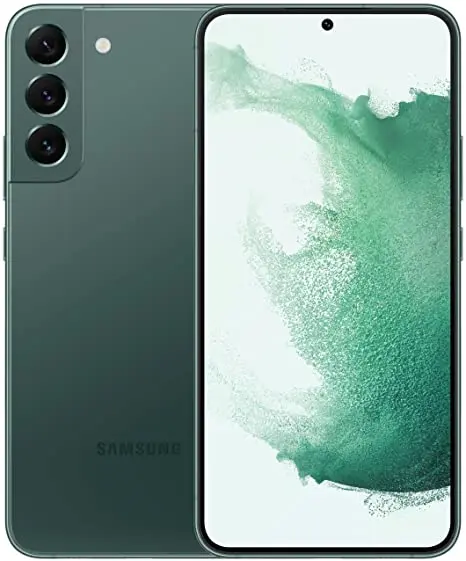
The Samsung Galaxy S22 Plus’ photo features aren’t as robust as those on the S22 Ultra, but the price tag isn’t as high either. And the S22 Plus’ cameras are extremely powerful, especially now that Samsung has increased the main shooter’s resolution to 50MP. This year’s phone also has a bigger sensor, so the Galaxy S22 Plus allows in more light for better images in more demanding situations.
The primary camera isn’t the only one that’s become better. Instead of the hybrid zoom seen on the Galaxy S21 Plus, the telephoto lens on the Galaxy S22 Plus now allows a 3x optical zoom. When you zoom in closer to a topic, there is less noise.
Add in features like 8K video recording at 24 frames per second, and Auto Framing tool for monitoring up to 10 people while shooting video, sophisticated stabilization capabilities to reduce shaky footage, and you’ve got a decent camera phone for around $1,000.
Check out the Galaxy S22 if you’re looking for a more compact version of this phone. It has the same camera capabilities as the Plus but is significantly smaller and less costly.
Conclusion
If camera quality is a big factor in your smartphone purchase, there are a lot of things to think about. Asking yourself what sorts of images you imagine yourself shooting is a wonderful place to start. Some multi-lens cameras have ultrawide lenses for spectacular landscape photography, while others include telephoto lenses for zoomed-in shallow depth of field portraiture, and still, others have both. Samsung and Huawei’s latest flagships even have periscope-style lenses that can reach up to 10x lossless zoom, rivaling the capability of DSLRs.
Another thing to consider is that megapixels aren’t as important as aperture. Wider aperture cameras (lower-stop values correspond to wider lenses) let in more light, which greatly assists in producing better images in the dark. While the high-megapixel sensors available in the latest handsets are impressive, it’s a general misconception that more pixels equal better images.
If you need a portrait mode with bokeh backgrounds, you will require a good camera phone. The subject of the photograph is in perfect focus, but the rest of the scene is blurred artistically. The single-lens iPhone SE can capture bokeh-effect photographs, which was previously only available on multi-camera phones. Some gadgets even allow you to alter the blur level before and after you take a picture.
Many front cameras, like those on the iPhone 13 and Pixel 6, may achieve similar portrait mode effects as rear cameras.
Last but not least, don’t ignore the video. Your cameras are capable of capturing more than just static photos. Take into account the camera’s video resolution as well as the frame rate. However, be aware that increasing the resolution can result in clips taking up significantly more space on your smartphone’s internal storage.
Read more
- Shooting with the telephoto lens on the iPhone!
- Samsung Galaxy S22+: A new entrant to Samsung’s S series!
- Samsung Galaxy S22 Review- The wait is finally over!
- The Best 5G phones in 2024!
- When to utilize every camera lens on iPhone 11 and iPhone 11 Pro: iPhone Photography Tips and Tricks

